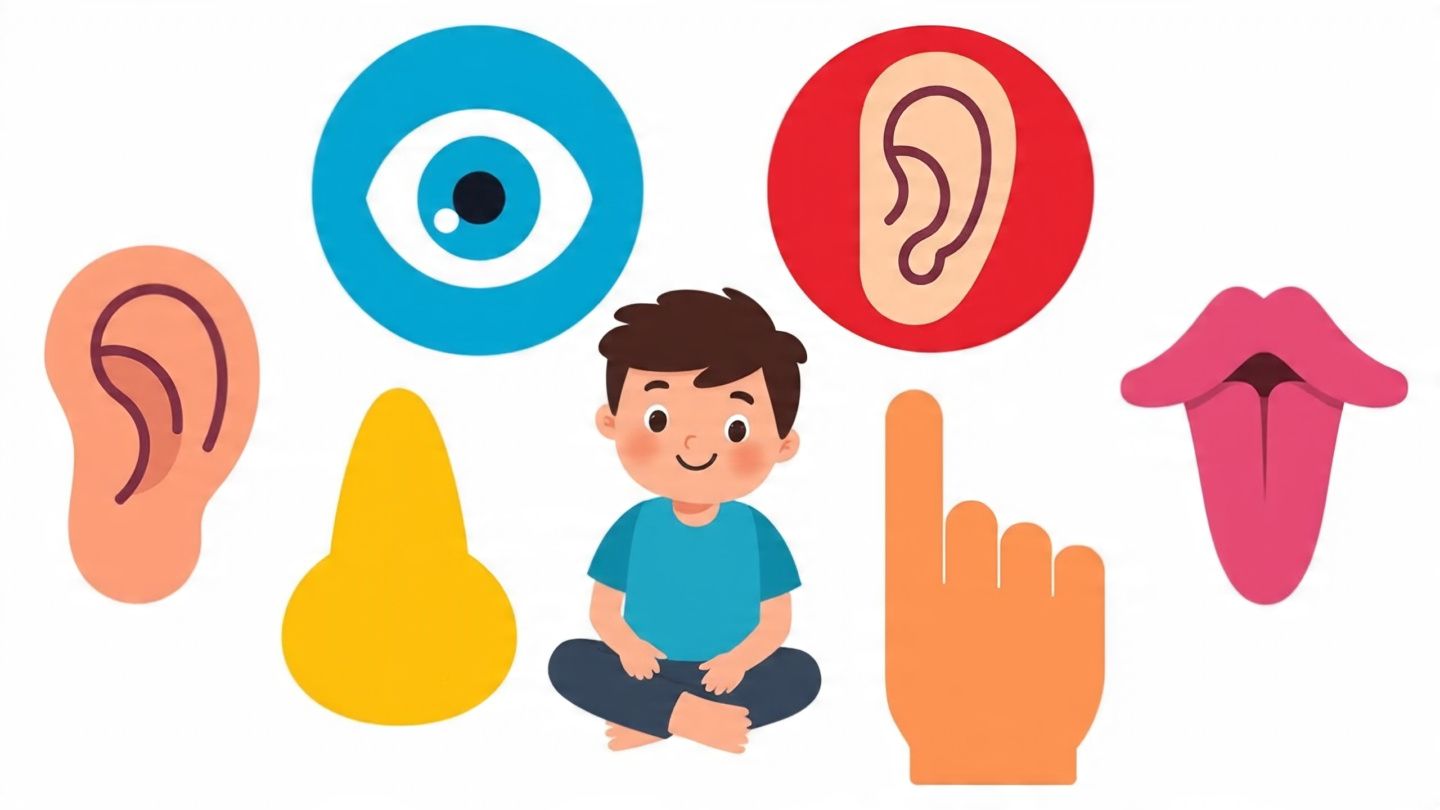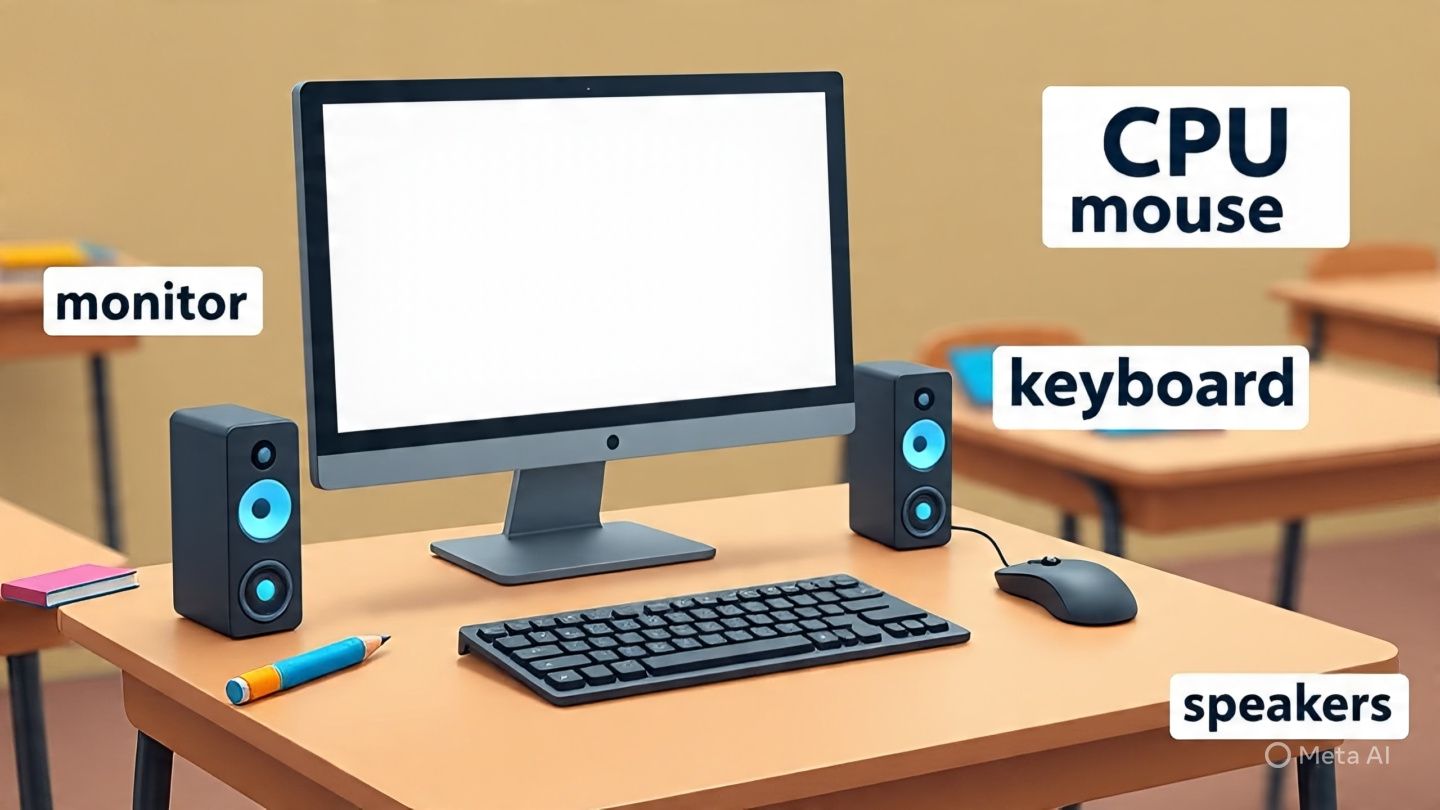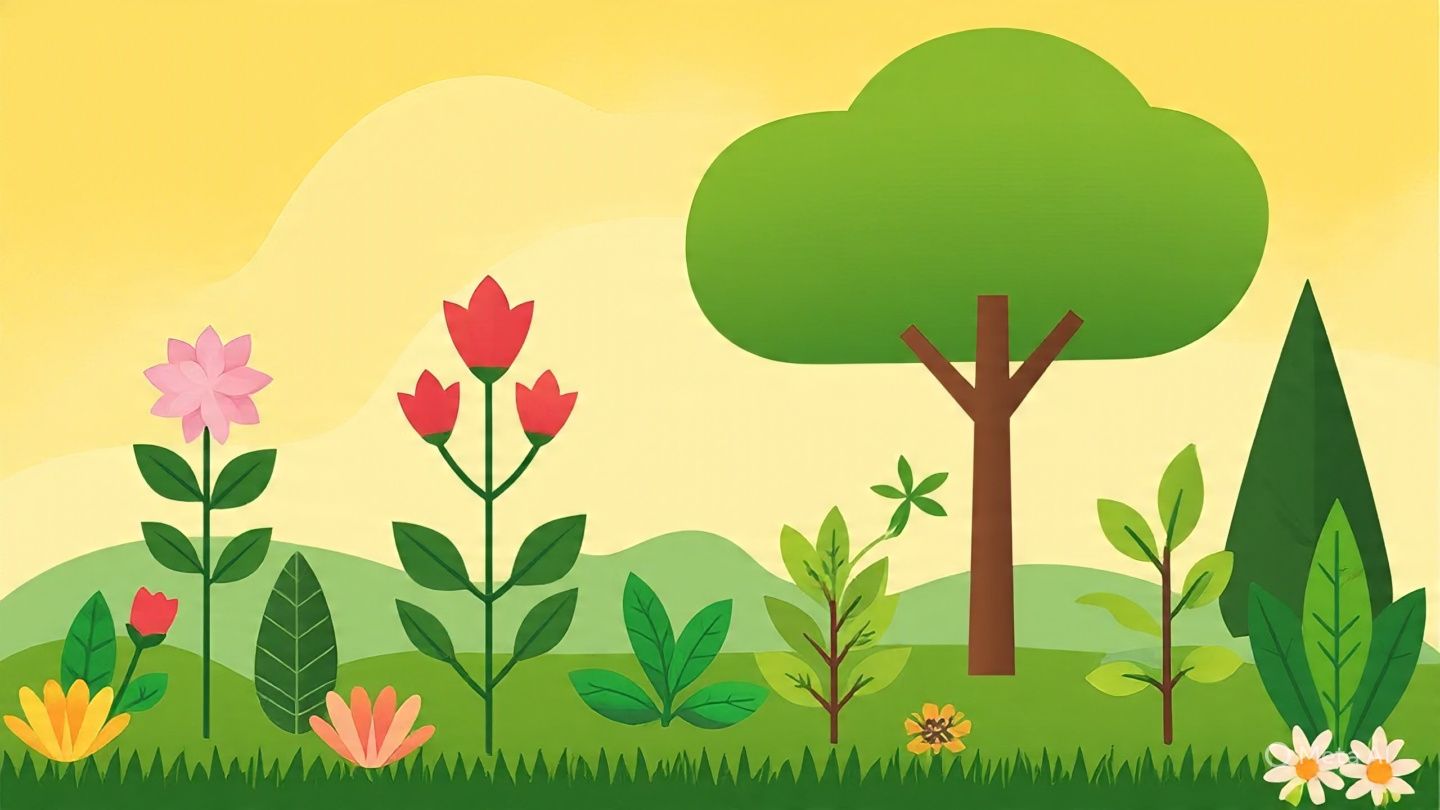Why Rhyming is Important for Toddlers
Learning rhyming words helps toddlers develop a strong sense of language rhythm and phonemic awareness. These rhyming word activities for toddlers introduce children to sound patterns, making reading readiness easier. Through fun games and songs, rhymes help build vocabulary, improve listening, and spark early reading excitement.
How Rhyming Boosts Early Literacy
- Sound Recognition: Rhyming strengthens the ability to hear, recognize, and match sounds in words.
- Vocabulary Expansion: By associating similar-sounding words, children naturally build a broader word bank.
- Memory Development: Songs and poems help improve memory through repetition and rhythm.
- Reading Readiness: Rhyming teaches syllables, sentence flow, and encourages prediction—critical skills for future reading.
KidsZilla Education and subscribe for nursery rhymes and language games your toddler will love!
10 Rhyming Word Activities for Toddlers
1. Rhyme-and-Point Game
Say a word like “cat” and ask your child to point at a picture of a rhyming word like “hat.” This encourages sound recognition and association, using visuals to support auditory learning.
2. Rhyming Basket
Fill a basket with everyday items and say a rhyme aloud—your child has to pick the object that completes it! For example, “I wear this on my head, it’s called a…” and they pick the “hat.”
3. Clap the Rhymes
Say a series of rhyming words—dog, frog, log—and clap with each one. This makes it interactive and rhythmic, helping your toddler associate movement with sound.
4. Rhyming Picture Match
Give your child cards with rhyming pictures—like “sun” and “bun”—and let them match the pairs. It’s a simple but effective visual memory game that reinforces sound similarity.
5. Rhyme Hunt
Go on a rhyme scavenger hunt around the house. Say “find something that rhymes with ‘bed’,” and help them find a “red” book or object. It adds exploration to language play.
6. Sing-Along Rhyme Songs
Use classics like “Twinkle Twinkle” or “Baa Baa Black Sheep.” Singing repetitive rhymes helps build auditory skills and gives toddlers confidence to repeat and recall.
7. Fill in the Rhyme
Start a phrase and let your child complete it. “I saw a cat sitting on a…” and wait for “mat.” This kind of interaction strengthens predictive skills and rhyming fluency.
8. Rhyme Puzzle Board
Use puzzle boards with matching rhyming pairs. As your child connects “car” with “star,” they also develop hand-eye coordination and word association simultaneously.
9. Story Rhymes
Read or make up simple rhyming stories. Rhyming narratives help kids follow a plot and anticipate what’s next, reinforcing listening and comprehension.
10. Rhyming Word Dance
Say a rhyming pair and dance when it matches: “bee – tree” (dance!) or “dog – cat” (freeze!). Turning rhymes into a physical game enhances energy, focus, and memory.
Final Thoughts
These rhyming word activities for toddlers are playful, simple, and effective ways to build a strong language foundation. Try one each day and watch your child’s confidence and speech skills bloom through rhyme!
KidsZilla Education for exciting videos and learning fun!
- Hashtags: #RhymingWords #ToddlerLanguage #PreschoolReading #KidsZillaEducation #SoundLearning




Leave a Reply